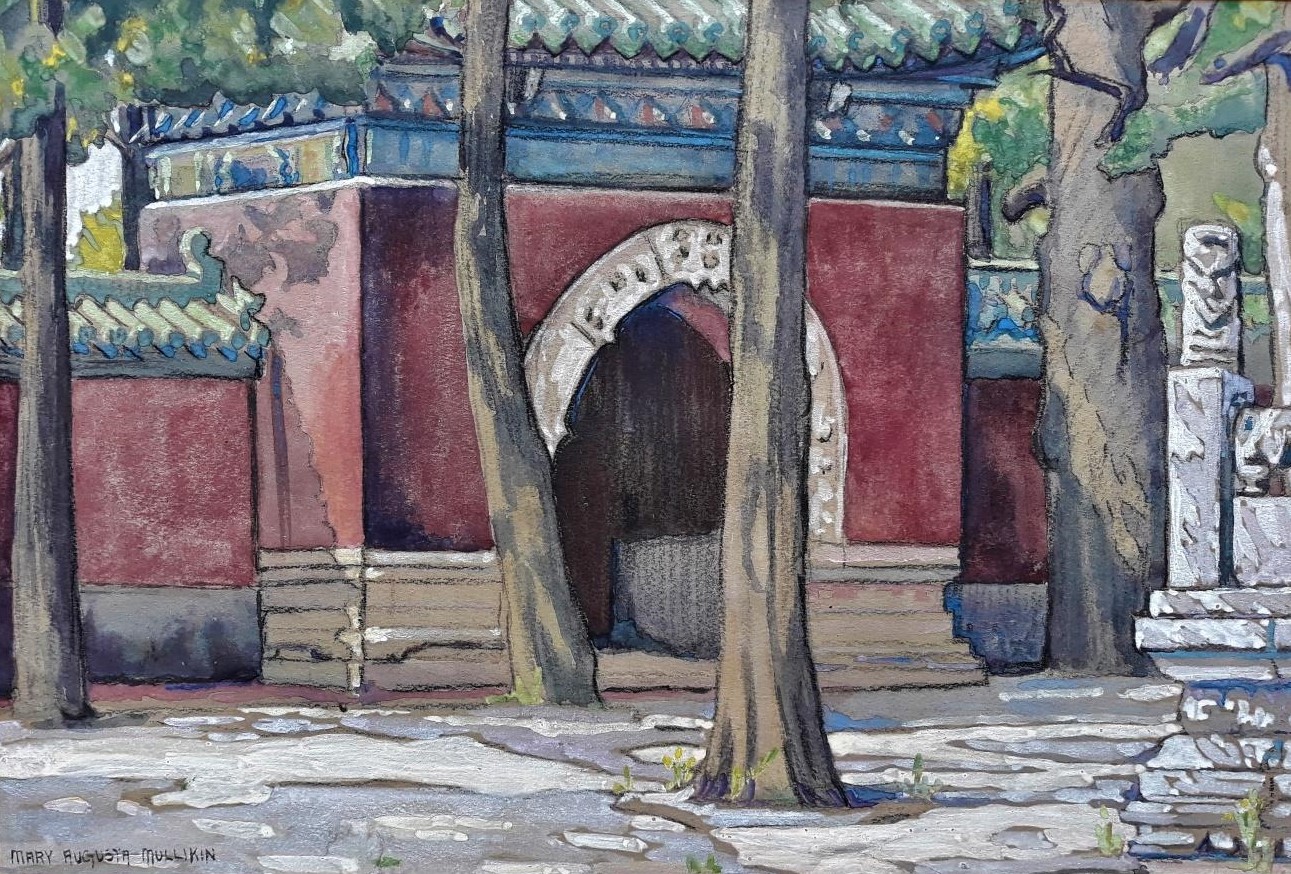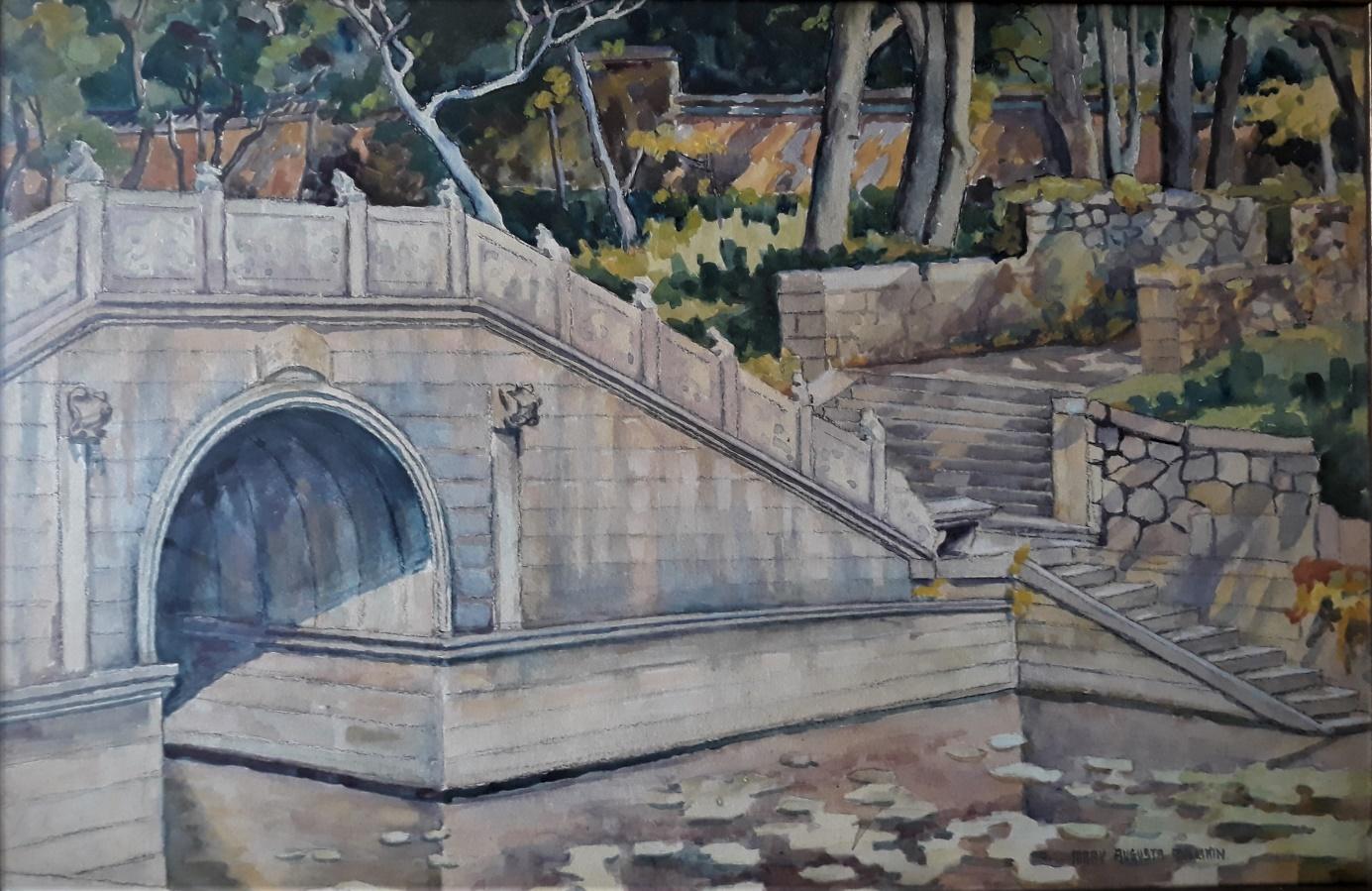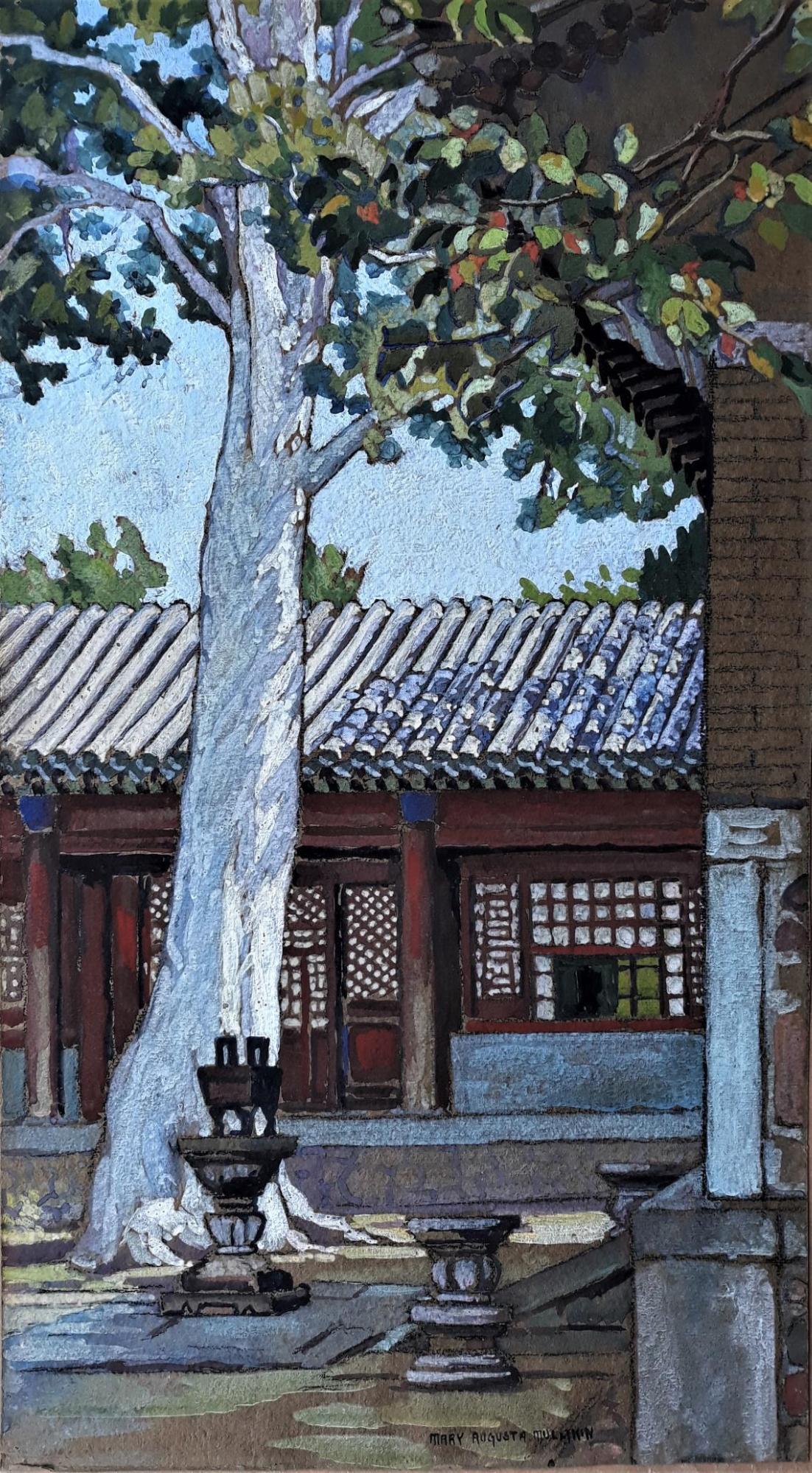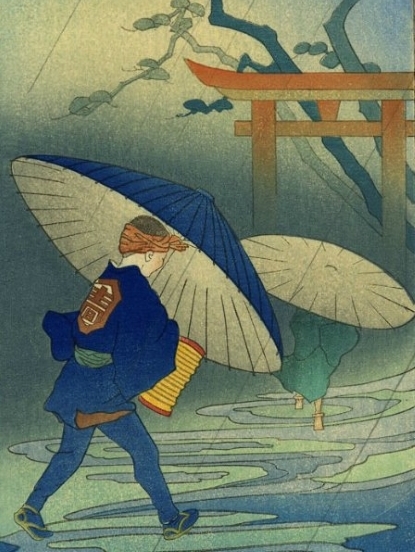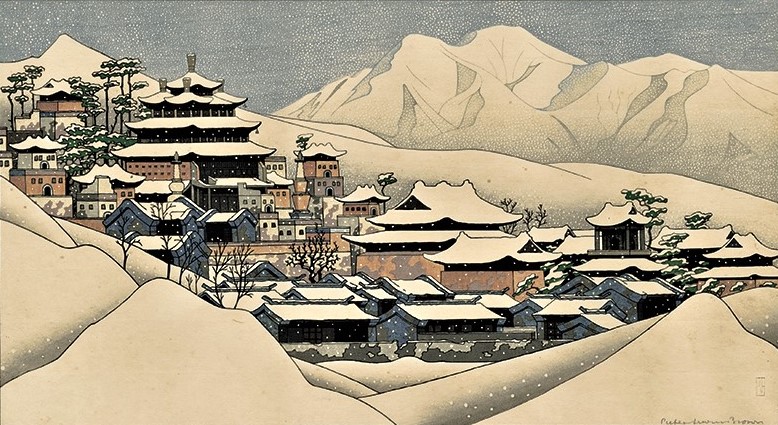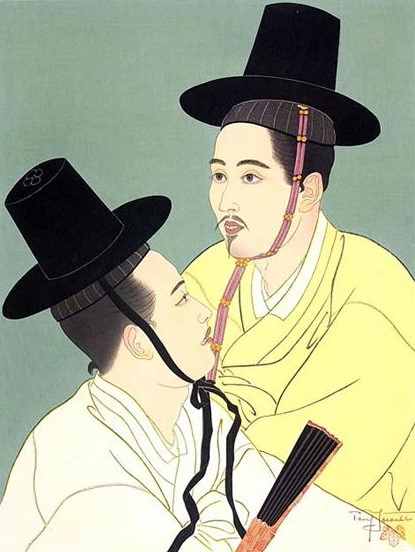MARY AUGUSTA MULLIKIN (1874-1964)
Mary Augusta Mullikin was born in 1874 in Ohio and undertook artistic studies at the Cincinnati Art Academy before leaving for Paris to take lessons at the Académie Carmen with James Whistler (1834-1903), a famous painter but a poor teacher, which undoubtedly led Mary Mullikin to decide to finish her training in London with the illustrator Walter Crane (1845-1915). Back in the United States, she pursued a career as an art teacher for twenty years at Lasell College near Boston. In 1920, she visited her sister Katherine in China, who was married there to a wealthy American businessman from Tianjin. His vacation will turn into a long stay of more than 25 years ! Freed from all financial worries, she now devotes herself to painting.
In July 1924, while on a summer vacation in the resort town of Beidaihe where expatriates from Beijing and Tianjin usually vacationed, she met Anna Hotchkis, a Scottish artist who had followed a path similar to hers (see the chapter dedicated to her on this site) and their friendship, their affinities and their complicity would lead them to undertake many journeys together, of which they have published stories and produced beautiful classic paintings. Two particularities should be noted : the journeys of Ms. Mullikin and Hotchkis took place in regions of China that were often remote and far from being peaceful, which denotes a certain courage in them ; their two travel books, written together, far from being anecdotal, are scholarly studies on the places visited for their archaeological, religious and artistic values. The first has been published in 1935 by the famous French publisher in Beijing, Henri Vetch : Buddhist sculptures at the Yun Kang Caves ; the second, The nine sacred mountains of China was not published until 1973, after the death of Mary Mullikin, and thanks to the will of her friend Anna Hotchkis. Mary Mullikin is also the author of several articles that appeared in National Geographic Magazine (March 1938 and June 1945) and in The Studio (August 1934 and November 1935).
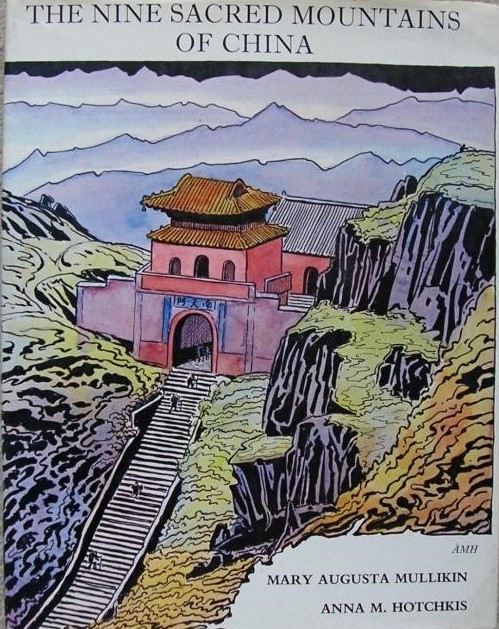

Her paintings from the Chinese period, of great classicism, are essentially devoted to landscapes or monuments visited and remain precious testimonies. They were exhibited in 1938 in Washington and Philadelphia. However, many disappeared during the period of the Japanese occupation, which was particularly painful for her : consigned to Tianjin, Mary Mullikin lost all freedom of movement and had to care for her seriously ill sister and brother-in-law. Their deaths in the early 1940s deprived her of all resources and the Japanese expelled her from the family home. She found refuge with British friends in Tianjin and made a poor living there selling portraits of Chinese families.
After the war, she was taken in by her niece and her diplomat husband and followed them according to the latter's assignments, first to Paris and then to Kenya where she continued to paint but without her paintings appearing on the market. In 1949, she retired permanently to the United States and died there in 1964.
Bibliography :
- Buddhist Sculptures at the Yun Kang caves, by Anna Hotchkis and Mary Mullikin, Henri Vetch, Pékin, 1935
- The Nine Sacred Mountains of China, by Anna Hotchkis and Mary Mullikin, Vetch & Lee, Hong Kong, 1973
The collection
